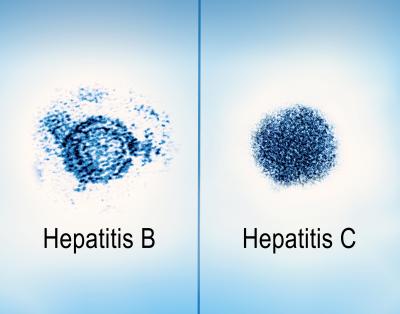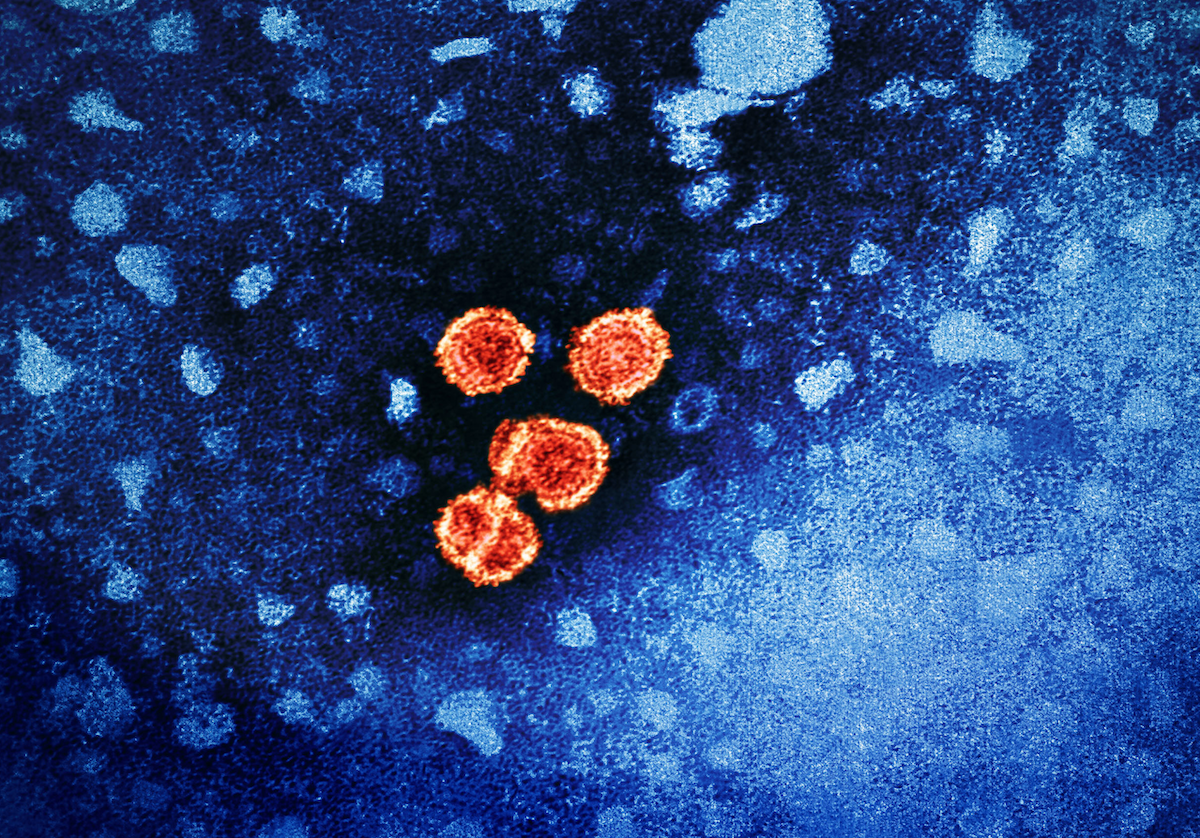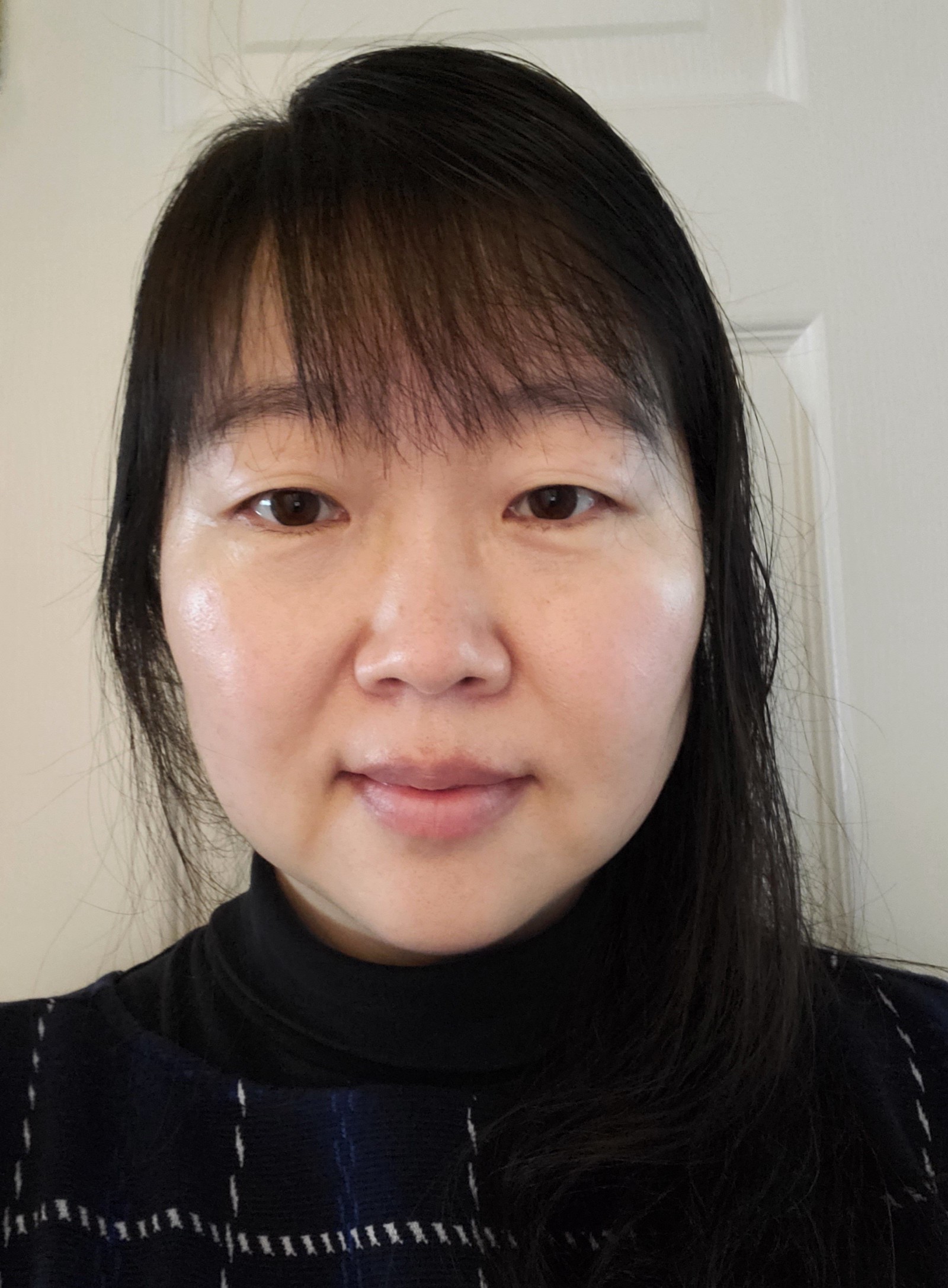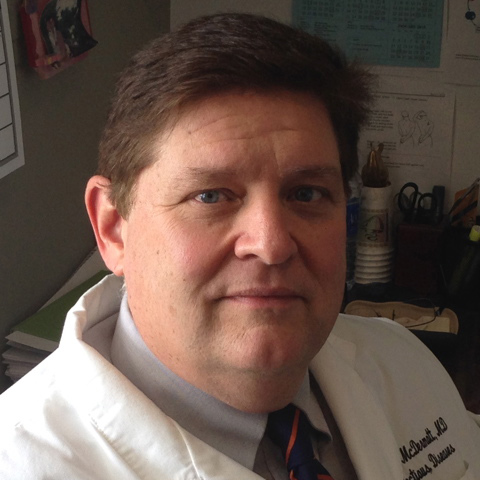This blog is adapted and cross-posted from HIV.gov.
On the final day of the 2024 Conference on Retroviruses and Opportunistic Infections (CROI), HIV.gov spoke with Deborah Persaud, M.D., professor of Pediatrics at the Johns Hopkins University School of Medicine and director of the Division of Pediatric Infectious Diseases at Johns Hopkins Children's Center, who reported findings from a study about whether very early initiation of antiretroviral therapy (ART) may limit the establishment of HIV reservoirs in newborns, potentially enabling ART-free remission. Dr. Persaud spoke with Catey Laube of NIAID’s Office of Communications and Government Relations. Watch their conversation below:
Four Children Achieve ART-free HIV Remission
The study Dr. Persaud presented at CROI began 10 years ago. HIV.gov spoke to Dr. Persaud at CROI 2013 when she presented the case of an infant born with HIV in Mississippi who initiated treatment at 30 hours of life, was taken off their ART at 18 months of age and remained in remission with no evidence of detectable HIV for 27 months. This was an uncommon finding because, typically, an interruption in treatment will lead to rapid resumption of HIV replication and detectable virus in the blood within weeks. Dr. Persaud and colleagues then began the NIH-supported study she reported on at CROI this year to carefully replicate that result in a research setting to determine whether the ART-free remission the “Mississippi baby” experienced was due to the very early start of HIV treatment within hours after birth and could be effective in other children.
Dr. Persaud reported on the experience of six children, all aged 5 years, who met multiple criteria to be eligible for a closely monitored ART interruption and whose parents consented. Four of the six children experienced HIV remission, defined as the absence of evidence of replicating virus for at least 48 weeks off ART. One of them had detectable HIV after 80 weeks. Two children did not experience remission, and their HIV became detectable within a few weeks after ART interruption. Children whose HIV became detectable resumed ART. The other three remain in remission. These promising findings will be followed by additional research to better understand the biological process that enabled the children to experience HIV remission off ART and to study early ART with newer drug regimens than were used in this initial study. Dr. Persaud cautioned that much more evidence is needed before this approach could be possible outside of the strictly monitored research setting. Read the study abstract. Read NIAID’s summary of the study findings.
Other Studies of Interest Presented on Wednesday
Some of the other NIH-supported research presented at CROI included a study that identified sex-based differences in latent HIV reservoirs, highlighting unique aspects of reservoirs in women. The findings point to the importance of including cisgender women in HIV cure studies. Read the study abstract. Another showed that a novel hepatitis B vaccine achieved up to 99% protection in people with HIV who had previously not responded to conventional hepatitis B vaccines. Read the study abstract.
Catch Up on More HIV Research Updates
HIV.gov has shared other interviews from CROI 2024 with federal HIV leaders, participating researchers, and community members. You can find all of them on HIV.gov’s social media channels and recapped here on the blog this week and next week.






